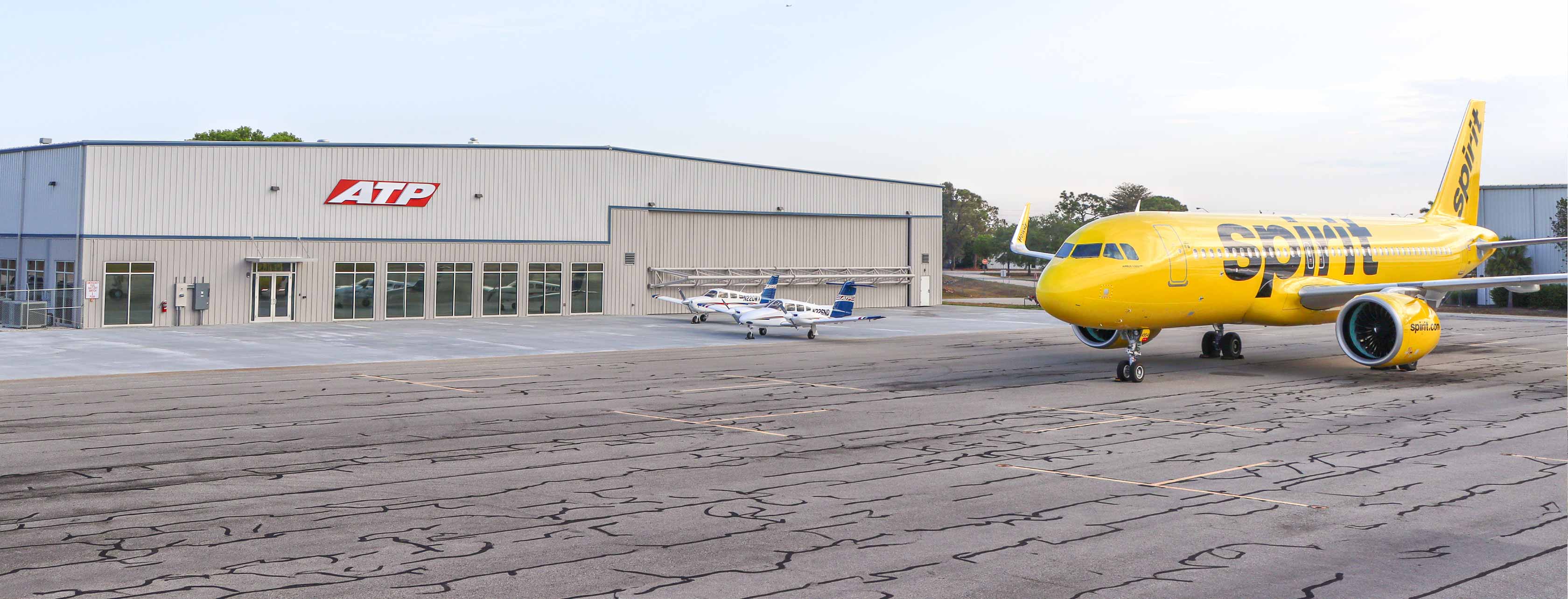Commercial Pilot License
What is a Commercial Pilot
Airlines are Hiring in 2025! Catch up on the latest industry news for airline pilot hiring announcements »
A commercial pilot license, or certificate, is a type of pilot license that allows someone to operate an aircraft for compensation.
Privileges
A licensed commercial pilot may act as pilot-in-command of an aircraft for compensation or hire, as well as carry persons or property for compensation or hire. To put another way, holding a commercial pilot license means you are legally allowed to get paid as a pilot.
What Does a Commercial Pilot do?
Commercial pilots are paid to fly as a pilot, transporting cargo and passengers, as well as perform other operations such as aerial surveying and search and rescue. Learn about the commercial pilot salaries.
What is the Difference Between Commercial Pilots and Airline Pilots?
Airline pilots operate regularly scheduled passenger flights. To fly as an airline pilot, you must have an Airline Transport Pilot (ATP) certificate, which is the highest pilot license the FAA issues. However, all pilots must first start by earning their private pilot license and then their commercial pilot license, before they can attain an ATP certificate.
Eligibility
In order to be eligible for an FAA commercial pilot license, a person must be at least 18 years of age; and be able to read, speak, write, and understand the English language.
Reference 14 CFR §61.123 for the entire list of eligibility requirements.
Requirements
To earn a commercial pilot certificate, a pilot must:
- Hold a private pilot license.
- Receive the following logbook endorsements from an instructor:
- Logbook endorsement to take the aeronautical knowledge test.
- Logbook endorsement to take the practical test.
- Pass the following tests:
- Commercial pilot knowledge test (often referred to as a 'written' and abbreviated CAX).
- Commercial pilot practical test (also known as a 'checkride').
Reference 14 CFR §61.123 for a complete listing of all requirements.
Aeronautical Experience & Qualifications
According to federal regulations, you must have logged the following aeronautical flight experience requirements to earn a commercial pilot license.
| Commercial Pilot Flight Time Requirements | |
|---|---|
| Total Flight Time | 250 Hours |
| Pilot-In-Command (PIC) | 100 Hours |
| Cross-Country PIC | 50 Hours |
| Instrument Training | 10 Hours |
| Technically Advanced Airplane (TAA) | 10 Hours |
Reference 14 CFR §61.129 for more details on flight time requirements.
How Long To Become A Commercial Pilot?
It takes just over five months to become a commercial pilot and earn your license at ATP Flight School, starting with zero experience.
Medical Requirements
In order to exercise the privileges of a commercial pilot license, you must hold either a second- or first-class medical certificate, which can be obtained through an aeromedical examiner (AME).
Health Requirements for Commercial Pilots
Commercial pilots are subject to certain health standards, such as vision, hearing, equilibrium, mental, neurologic, and cardiovascular requirements. For a complete list of the health requirements for obtaining a second-class medical and flying as a commercial pilot reference CFR 14 §67 Subpart C.
Learn about airline pilot eligibility requirements »
Medical Certificate Requirement for Admissions
A prerequisite of the Airline Career Pilot Program is that students must possess an FAA first-class medical certificate prior to starting training. Even though you only need a second-class medical for your commercial pilot license, you will need a first-class medical to fly as an airline pilot and exercise the privileges of an Airline Transport Pilot certificate. For this reason, we ask students obtain the more restrictive medical before making the financial commitment towards becoming an airline pilot.

